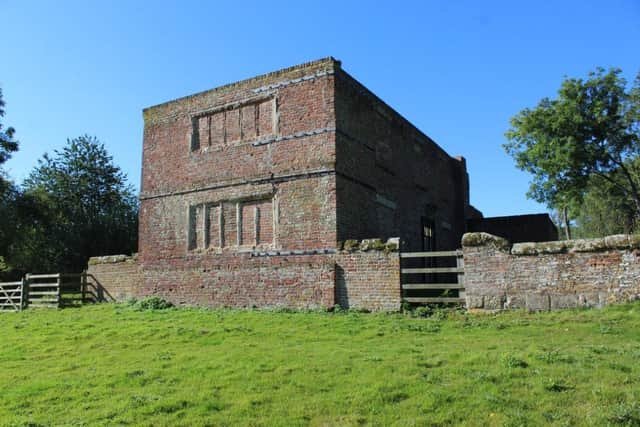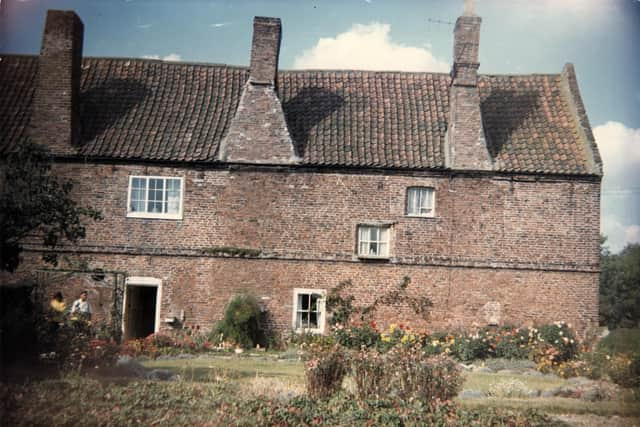Elmswell Old Hall: 17th-century ruins of Yorkshire manor house on Norman estate open for one day of the year on April 1
Saturday April 1 is the annual open day at Elmswell Old Hall near Driffield, part of the Elmswell estate granted by William the Conqueror in the 11th century.
The ruins are open between 10.30am and 3.30pm on Saturday with road signs off the A166 providing directions. Parking is available and dogs are not allowed.
Advertisement
Hide AdAdvertisement
Hide AdElmswell Old Hall was built in 1635 and is now Grade II*-listed. It was one of East Yorkshire’s first brick buildings, and the farmyard includes a brick dovecote and a cast-iron water pump.


The building, previously a farmhouse, stands on private land and is not normally accessible. The first owner was Henry Best, a gentleman farmer and well-known diarist of the period.
The large bricks were manufactured in Beverley and would have been transported up the River Hull by barge, while the chamfered beams would have been shipped into Bridlington from the Baltic ports.
The hall has not been occupied since 1965 when the last tenant farmers moved out, and by the 1970s its roof had collapsed. In the last decade the owners, the Mackrill family, have undertaken remedial works to make the remaining ruin safe.
Advertisement
Hide AdAdvertisement
Hide AdThe Mackrills have disputed that Henry Best ever lived in the hall, which preservation societies have claimed was where he wrote a series of agricultural manuals now kept by the Treasure House in Beverley.


At one point East Riding Council even tried to secure a compulsory purchase order on the hall to enable it to be saved, but a compromise for its restoration was eventually reached.
The estate’s first owners were the monks of St Mary’s Abbey in York, but it was then confiscated from them by King Henry VIII during the Dissolution of the Monasteries in 1539. The Crown didn’t retain it for long, redistributing it in 1590 to a family who owned it for the next 254 years.
The Mackrills still farm nearby, with the late Graham Mackrill’s daughter Henrietta and her husband John Fenton running the family businesses.
